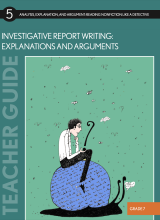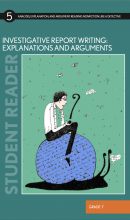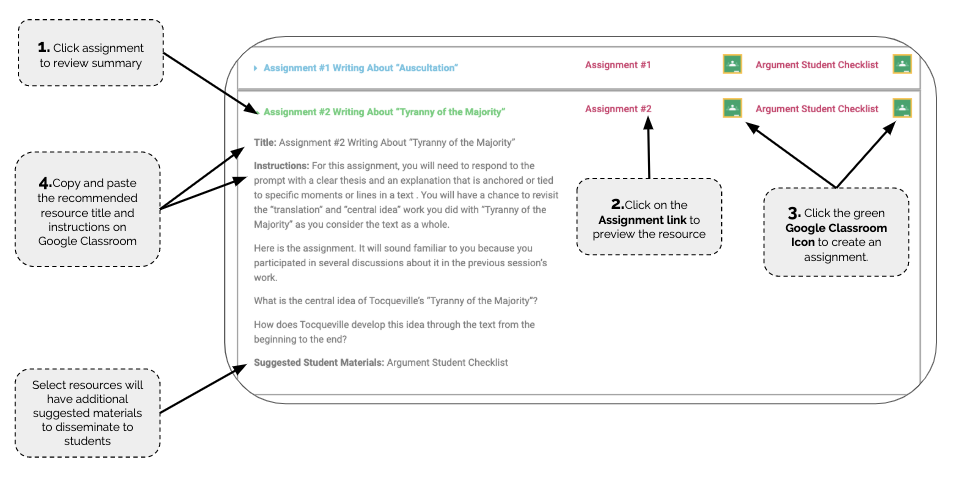Investigative Report Writing: Explanations and Arguments - Grade 7
The notion of “reading like a detective” is based upon the following assumptions about people and texts:
- Human beings are symbol-using animals. We are always indicating, meaning otherwise or in addition to.
- Texts, including images, ads, film, and television, are things people make that other people can read. These texts have multiple “levels” and, therefore, can be read in multiple ways.
This grade seven unit of study revisits and extends the critical reading work introduced in the sixth grade unit Reading Nonfiction Like a Detective. Both are metaphor-driven units that explore how the habits and behaviors a detective employs to solve a crime—for example, asking questions, building (and re-building) theories based on evidence, doubting, mistrusting appearances—can also be usefully em- ployed by readers of texts to see “below the surface” meanings.


Table of Contents
Text Audio
Writing Tasks
Title: S-5: Comprehension Task Retelling “My Fast-Food Meal”
Session 5
Title: S-6: Pollan’s Arguments A Discussion Task
Session 6
Title: S-7: Pollan’s Methods: A Text-Based Task
Session 7
Title: S-9: The Investigative Report Writing Project: An Overview
Session 9
Title: S-9: Part 1: Selecting and Gathering
Session 9
Title: S-11: Part 2: On the Surface Re-Presentations
Session 11
Title: S-13: Part 3: Below the Surface Readings
Session 13
Title: S-17: Part 4: Reading the Ads as a Set
Session 17
Charts for Discussion
Title: S-1: Tracking “The Speckled Band”
Session 1
Title: S-2: When We Read Like a Detective, We. . .
Session 2
Forms and Graphic Organizers
Title: S-1: Tracking “The Speckled Band”
Session 1
Title: S-6: Criteria for a Good Discussion
Session 6
Title: S-8: Pollan’s Methods Questions and Examples
Session 8
